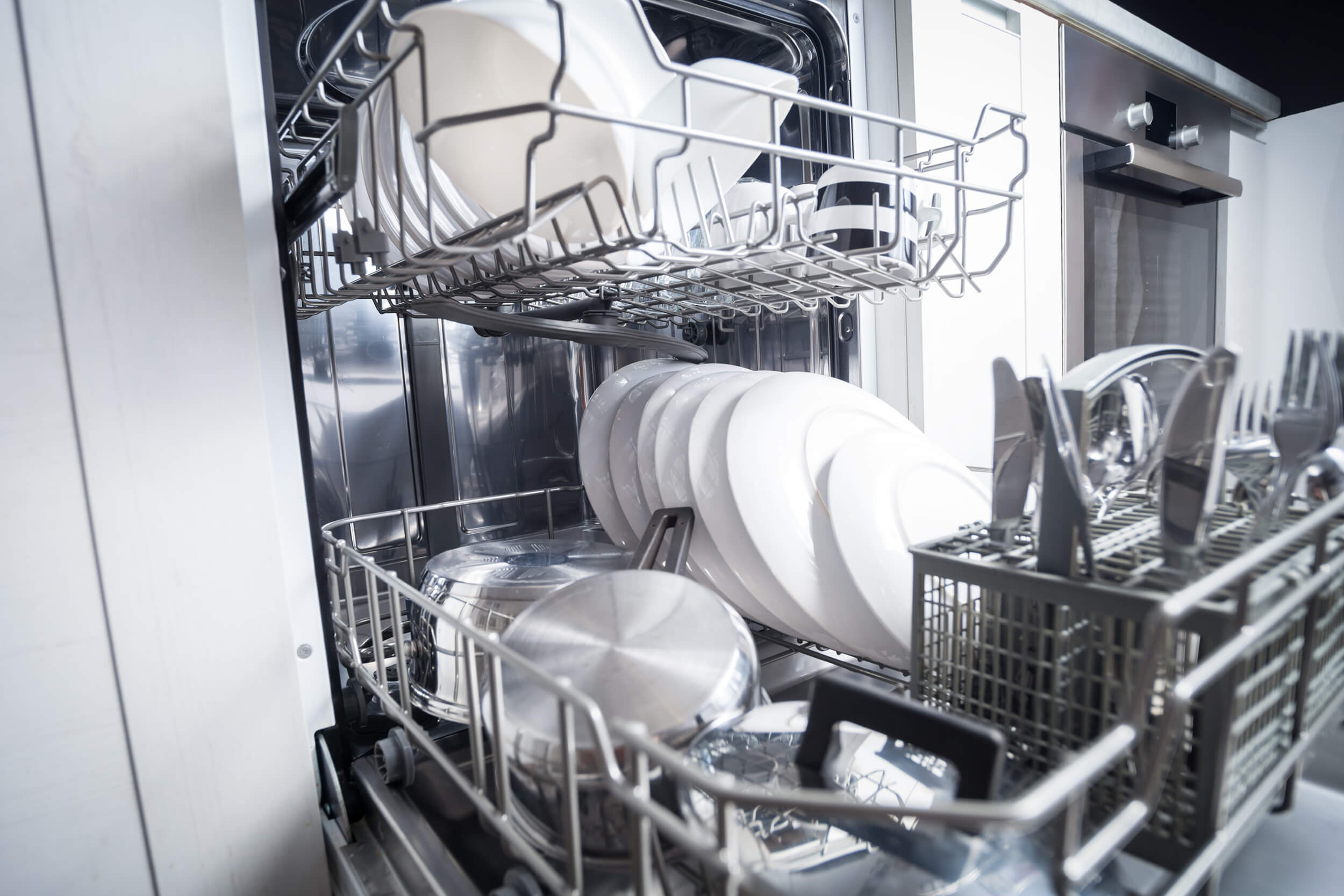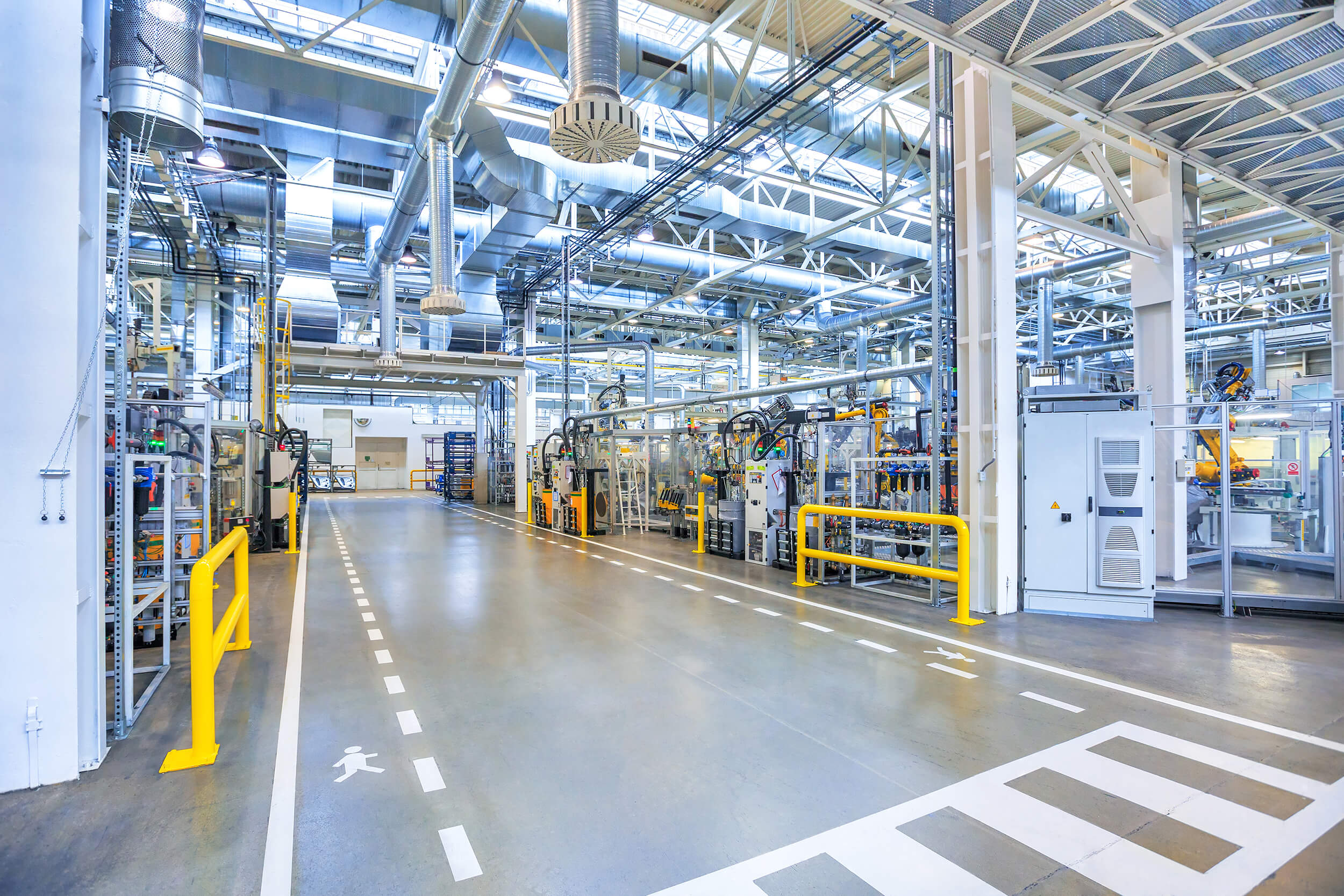Washington, D.C.—A new report released today by the American Council for an Energy-Efficient Economy (ACEEE) and the Appliance Standards Awareness Project (ASAP) finds that the U.S. Department of Energy (DOE) has been overestimating the impact that energy efficiency standards for appliances and other products have on their price tags.
“Based on market data, the prices of many appliances have gone down even as new efficiency standards have taken effect,” said the lead author of the report and ACEEE Executive Director Steven Nadel. “Even when prices have gone up some, the increase is far lower than DOE estimated.”
When appliance standards are developed, DOE estimates net savings for consumers by taking into account utility bill savings and cost impacts, primarily price increases to make appliances more efficient. DOE only sets standards that it finds are cost-effective for consumers.
Today’s study, entitled Appliance Standards: Comparing Predicted and Observed Prices, looks at nine appliance standards that took effect over the 1998-2010 period and found that DOE overestimated price impacts in every case, usually by a wide margin. ACEEE and ASAP found that across the nine rulemakings, DOE estimated an average increase in manufacturer’s selling price of $148. On average the actual change in price was a decrease in manufacturer’s selling price of $12.
Estimates of the overall benefits of energy efficiency standards for consumers will likely have to be revised as well. In 2012, ACEEE and ASAP released a study estimating that standards for appliances and other equipment would save consumers more than $1 trillion cumulatively by 2035, even after subtracting estimated increases in product prices.
“Energy efficiency standards are proving to be an economic powerhouse, driving even more consumer savings than we realized,” said report co-author and ASAP Executive Director Andrew deLaski.
The report notes that over the past couple of years DOE has taken some steps to improve the accuracy of their price estimates.
"Predicting price changes in dynamic markets is difficult and, fortunately, DOE has already taken some steps to improve their estimates," said deLaski. "Our analysis shows that, even accounting for recent estimation technique improvements, DOE's price predictions are still too high."
Further product-specific investigations and analysis will be needed to better understand why actual prices are so much lower than DOE estimates. One theory is that as manufacturers redesign products and production lines to meet standards, they discover new lower cost ways to meet the standard than DOE examined.
“It may turn out that standards spur innovation,” said Nadel. “In competitive markets manufacturers have an incentive to do better than estimated in order to gain a market advantage.”




